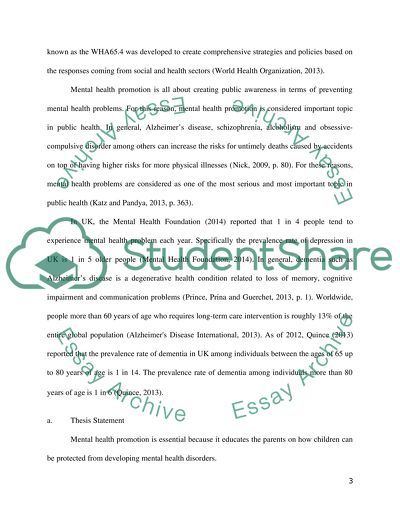Cite this document
(“Aspects of mental health promotion (part 1 and 2) Literature review”, n.d.)
Retrieved from https://studentshare.org/health-sciences-medicine/1637959-aspects-of-mental-health-promotion-part-1-and-2
Retrieved from https://studentshare.org/health-sciences-medicine/1637959-aspects-of-mental-health-promotion-part-1-and-2
(Aspects of Mental Health Promotion (part 1 and 2) Literature Review)
https://studentshare.org/health-sciences-medicine/1637959-aspects-of-mental-health-promotion-part-1-and-2.
https://studentshare.org/health-sciences-medicine/1637959-aspects-of-mental-health-promotion-part-1-and-2.
“Aspects of Mental Health Promotion (part 1 and 2) Literature Review”, n.d. https://studentshare.org/health-sciences-medicine/1637959-aspects-of-mental-health-promotion-part-1-and-2.


